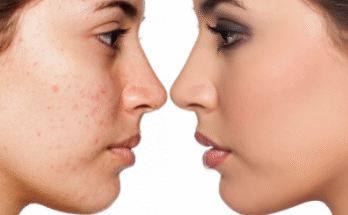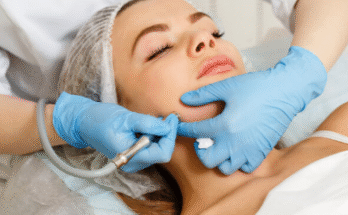Acne is something almost everyone experiences at some point, and while it is a normal part of life, it can still feel frustrating when a blemish appears right before a big event or during a stressful week. Fortunately, there are spot treatments available that can help reduce redness, shrink breakouts, and encourage quicker healing. Understanding how these treatments work and which ingredients to look for can make a real difference in your skincare routine.
One of the most trusted ingredients in spot treatments is benzoyl peroxide. It works by targeting the bacteria that contribute to acne while also helping clear out pores. Many over-the-counter creams and gels contain this ingredient in varying strengths, and it is often recommended to start with a lower concentration to avoid irritation. When applied directly to a blemish, benzoyl peroxide can reduce its size in a matter of days, making it a go-to option for many people.
Another popular choice is salicylic acid. Unlike benzoyl peroxide, which kills bacteria, salicylic acid helps by exfoliating inside the pore. This makes it especially effective for blackheads and clogged pores that can turn into inflamed pimples later. A small dab of salicylic acid gel or lotion can speed up the healing process and help prevent new blemishes from forming in the same area.
For those who prefer gentler or naturally inspired options, tea tree oil has become a widely discussed remedy. Research suggests that it has antibacterial properties, and when diluted properly, it can be a soothing spot treatment. It is important not to apply undiluted tea tree oil directly to the skin, as it can cause irritation, but mixed with a carrier oil or found in a ready-made product, it may calm redness while supporting the healing process.
Sulfur is another ingredient that has stood the test of time. Although it may not have the most pleasant smell, it works by drying out excess oil and drawing impurities to the surface of the skin. Many spot treatments that contain sulfur are designed for overnight use, giving the ingredient time to reduce swelling and calm irritation while you sleep.
Beyond these well-known ingredients, hydrocolloid patches have become a modern favorite. These are small, nearly invisible stickers that adhere directly to the blemish. They absorb excess fluid, protect the area from bacteria, and prevent you from touching the spot, which is one of the main causes of irritation and scarring. They are comfortable enough to wear overnight and even during the day, making them both practical and effective.
When choosing a spot treatment, it is important to keep skin type in mind. People with sensitive skin may find stronger products too harsh, so starting with gentler formulas and gradually testing what works best is a smart approach. It is also helpful to remember that more is not always better. Applying too much product or using multiple treatments at once can sometimes backfire, leaving skin dry, red, or flaky.
Consistency and patience also play a key role. Spot treatments can speed up healing, but they are not magic fixes that work instantly. Giving your skin time to respond and maintaining a simple, balanced skincare routine will usually deliver the best results in the long run. Cleansing gently, avoiding harsh scrubbing, and keeping the skin moisturized are all supportive steps that help spot treatments do their job more effectively.
Finally, while over-the-counter treatments can be very effective, persistent or severe acne may require professional advice. Dermatologists can recommend prescription medications or advanced treatments tailored to individual needs. Seeking expert guidance is always a positive step if breakouts feel overwhelming or affect confidence.
Acne may not disappear overnight, but with the right spot treatments, it can become much more manageable. From trusted ingredients like benzoyl peroxide and salicylic acid to innovative solutions like hydrocolloid patches, there are options to fit many preferences and skin types. With gentle care, patience, and a little experimentation, it is entirely possible to find a routine that keeps breakouts under control and helps skin look its healthiest.

